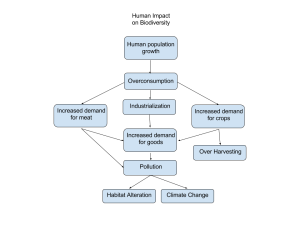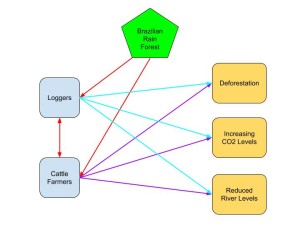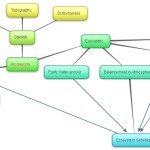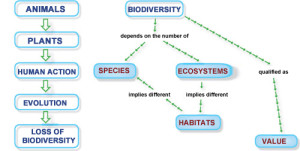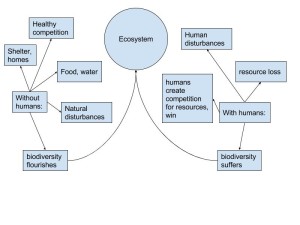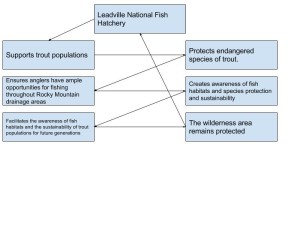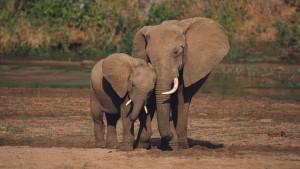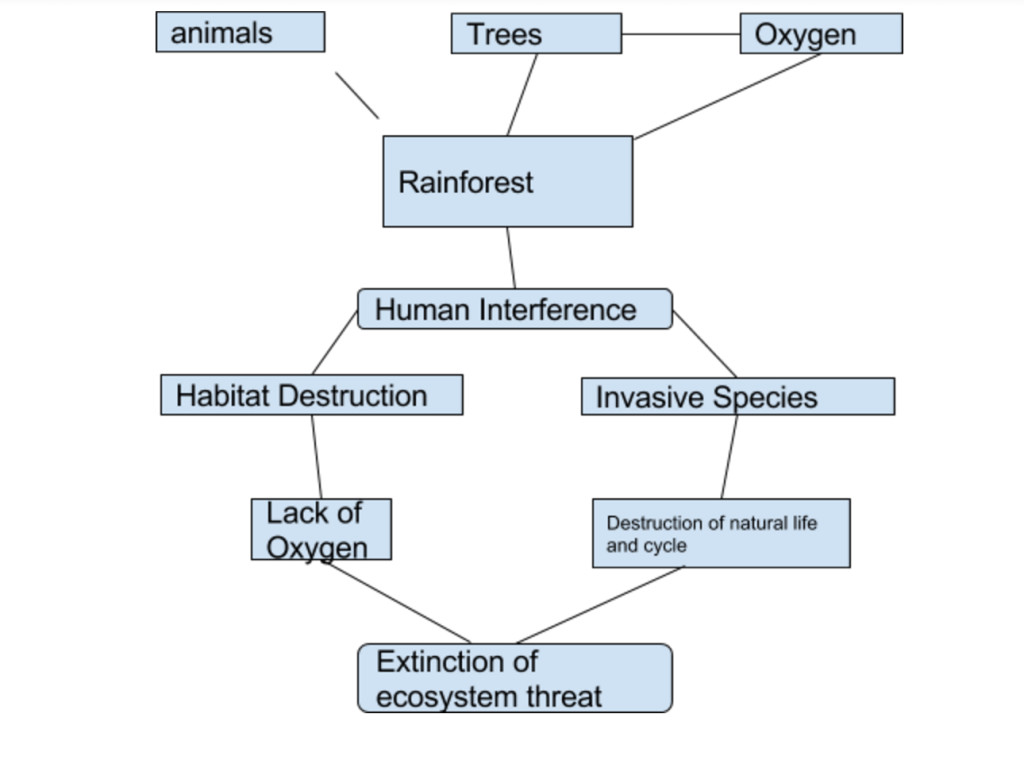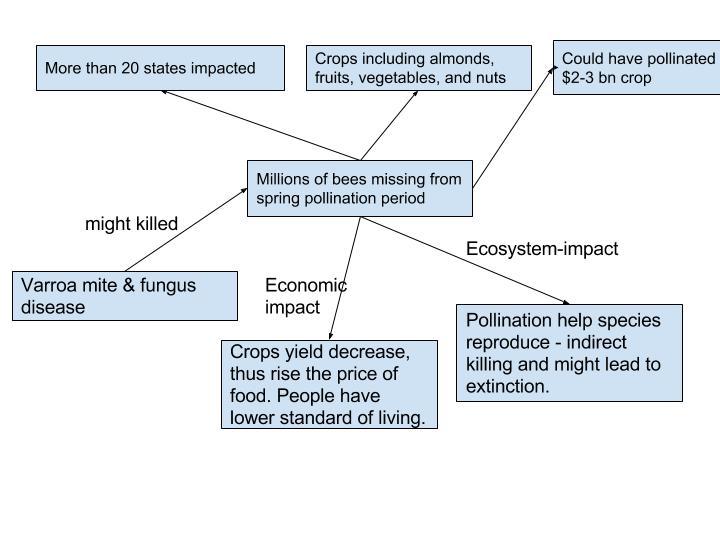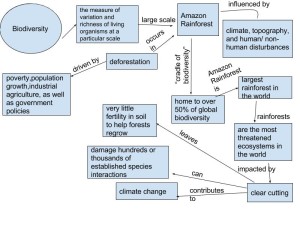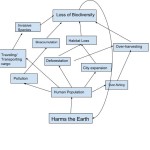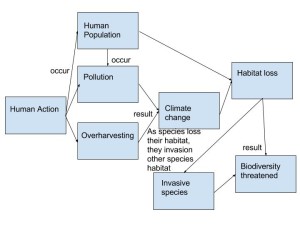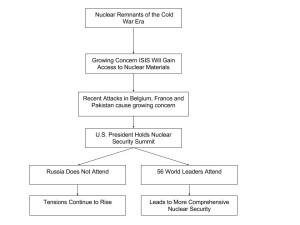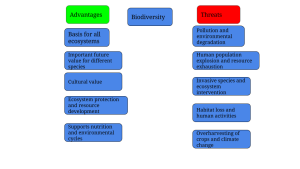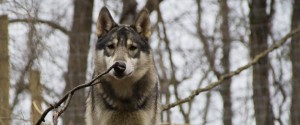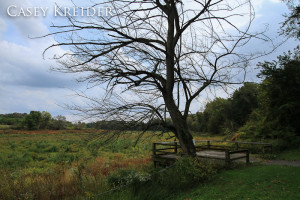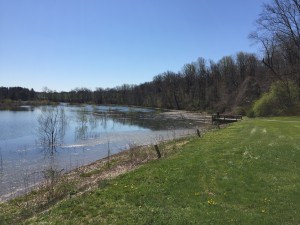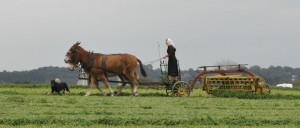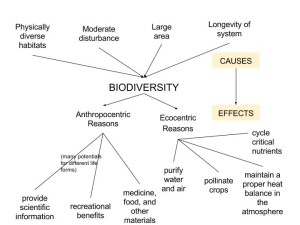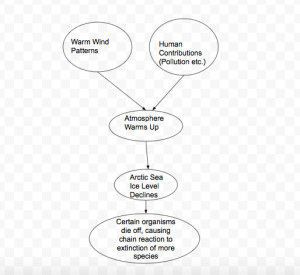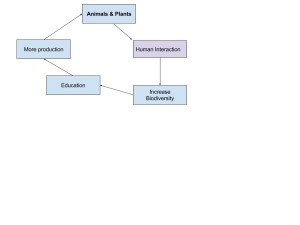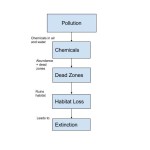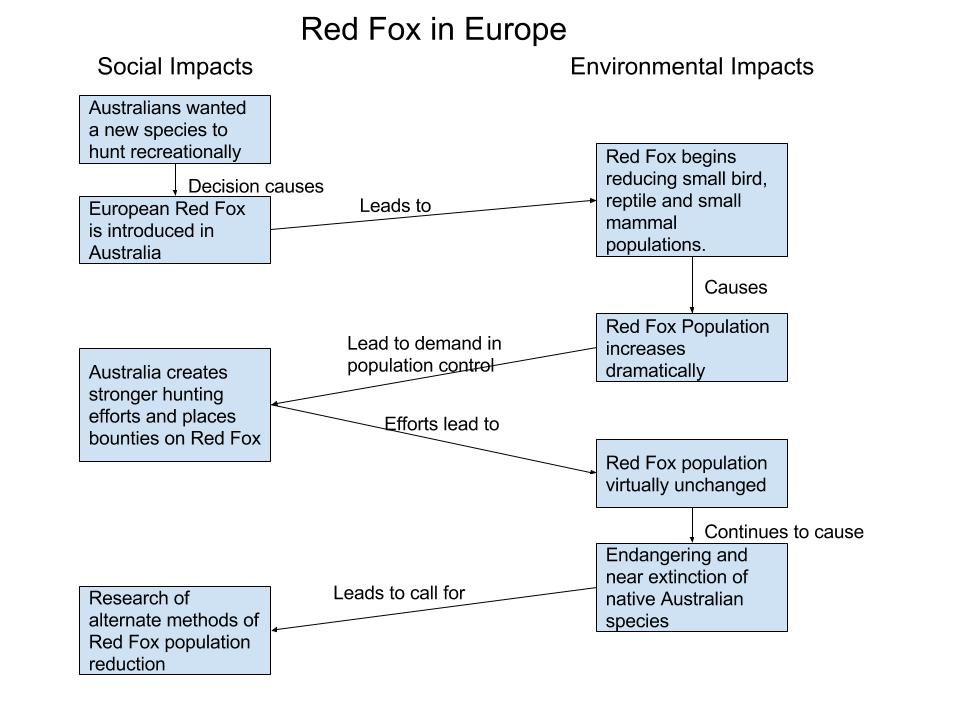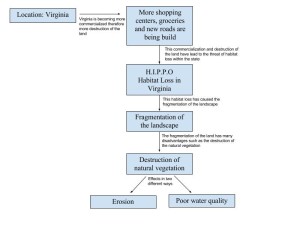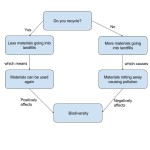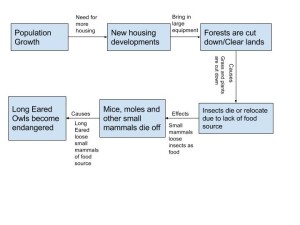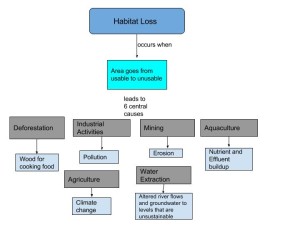In Module 10, we have learned about the importance of biodiversity in maintaining the dynamic of individual ecosystems as well as human-environment systems. The extinction of one species can play a huge impact on our lives, and so we see many efforts to protect endangered species through bio-reserves as well as research to help understand the animals needs and roles it may have on the environment.
For this learning activity you will research an extinct species that you find interesting. You must be able to find information on characteristics of the animal, habitat, as well as conservation efforts that took place before it’s extinction. It is preferred that your search be of an animal in your own country as the regulations towards animal protection differ and will make your comparison harder, but it is not required. Then you will look up an endangered animal in your own local area; consider the efforts currently in practice to save the species and then compare them to you extinct selection.
Part 1: Your Blog Entry
Paragraph 1: Extinct Species
Talk about the species you selected. Include information about what lead to its extinction as well as methods used to try and save the animal. How did the extinction effect the animal’s environment?
Paragraph 2: Endangered Species
Similarly, introduce the species you have selected, why is it endangered, the region and habitat it aspires to, and preventative means in place to save the species. How would losing this species affect your life and its environment?
Paragraph 3: Comparison
In this paragraph, you will compare the two selected species of your choice and how the extinction of the first can show us ways to help protect the endangered species.
Consider talking about:
Do you think protection of your endangered species can learn from the extinct one?What is your local government doing differently compared to how the government handled the extinct species protection?How do you think the protection of the endangered species can improve?
Part 2: Comment of Peer Blog Posts
My Entry:
For my extinct species, I chose the Passenger Pigeon because my dad told me stories of how they used to darken entire cities and that you could blindly shoot upwards and two or three would drop from the sky. The pigeon is very similar to the mourning doves that we still have today but much larger and relied on large flocks that ultimately lead to their extinction. The birds were unintentionally overhunted for their feathers and meat, as well as their nesting grounds were heavily disrupted by human construction. When their numbers dwindled, they stopped reproducing in the wild, and the last known Passenger Pigeon died in 1914. The first wildlife protection that the nation was adopted in 1900 with the Lacey Act, banning illegal in interstate trade, but The Migratory Bird Treaty act wasn’t imposed until 1918 which would have protected the nesting grounds, eggs, youth, and adults from human disturbances. The birds were a large source of protein for many larger carnivores, including foxes, raccoons, and lynx, and without this source of food they have had to adapt and find other sources of meat, meaning other species were now being hunted on a larger scale then they ever had, possibly leading to their own demise. Luckily, the Migratory Bird Treaty act prevented other migratory birds from being an alternative to the commercial product that Passenger Pigeons had become.
For my endangered species, I selected the Peregrine Falcon. Although it is no longer listed as endangered on a federal level, the bird remains endangered in Pennsylvania. The bird has made a dramatic recovery through management practices, as we now have about 40 nests from zero recorded through 1959-1987, reaching close to the historical record of 44 nests (Brauning, 2014). Their extirpation is believed to be due to DDT, a pesticide that has weakened the egg-shell lining of many birds of prey, most notably the Bald Eagle. Since its endangerment, the bird has been through reintroduction, nest protection, public education, as well as the DDT ban from the United State Environmental Protection Agency in 1972. Since then the falcon has adapted from natural nesting sites of rock cliffs to urban buildings, showing the species’ resilience to human construction and habitat loss. Losing the Peregrine Falcon would have a smaller impact on our local environments than the loss of the Passenger Pigeon whose population used to be larger than the rest of migratory birds in total, due to their smaller presence in this state, and that there are also many other small predatory birds that would replace the falcon’s contributions to the environment.
The Peregrine Falcon’s recovery was in part greatly in debt to the lessons learned from the Passenger Pigeon’s extinction. The Migratory Bird Treaty Act is just one of the many protective laws that have aided the falcon’s survival. However, this act is constantly under attack to reduce the fines or restrictions it imposes. If any of these amendments actually pass, many birds may be threatened as the federal ability to protect any migratory bird species will be heavily reduced, allowing companies and even individuals to disrupt their populations. Many of the birds that live in the United States are migratory, without the protection of the Act, it is possible to lose many of the species that inhabit our land and skies. By losing any considerable amount of species, our environment would be greatly effected, many of the predators that rely of the migrations would lose valuable food sources and where the state of the environment would change to is impossible to predict. Losing biodiversity, as we have learned in this module, would weaken the resilience of ecosystems to thrive, and we might pay for it in the future if we do not head to the lessons we have learned in the past.
References:
Brauning, Dan. “Peregrine Falcon.” Pennsylvania Game Commission, September 19, 2014. <http://www.portal.state.pa.us>

